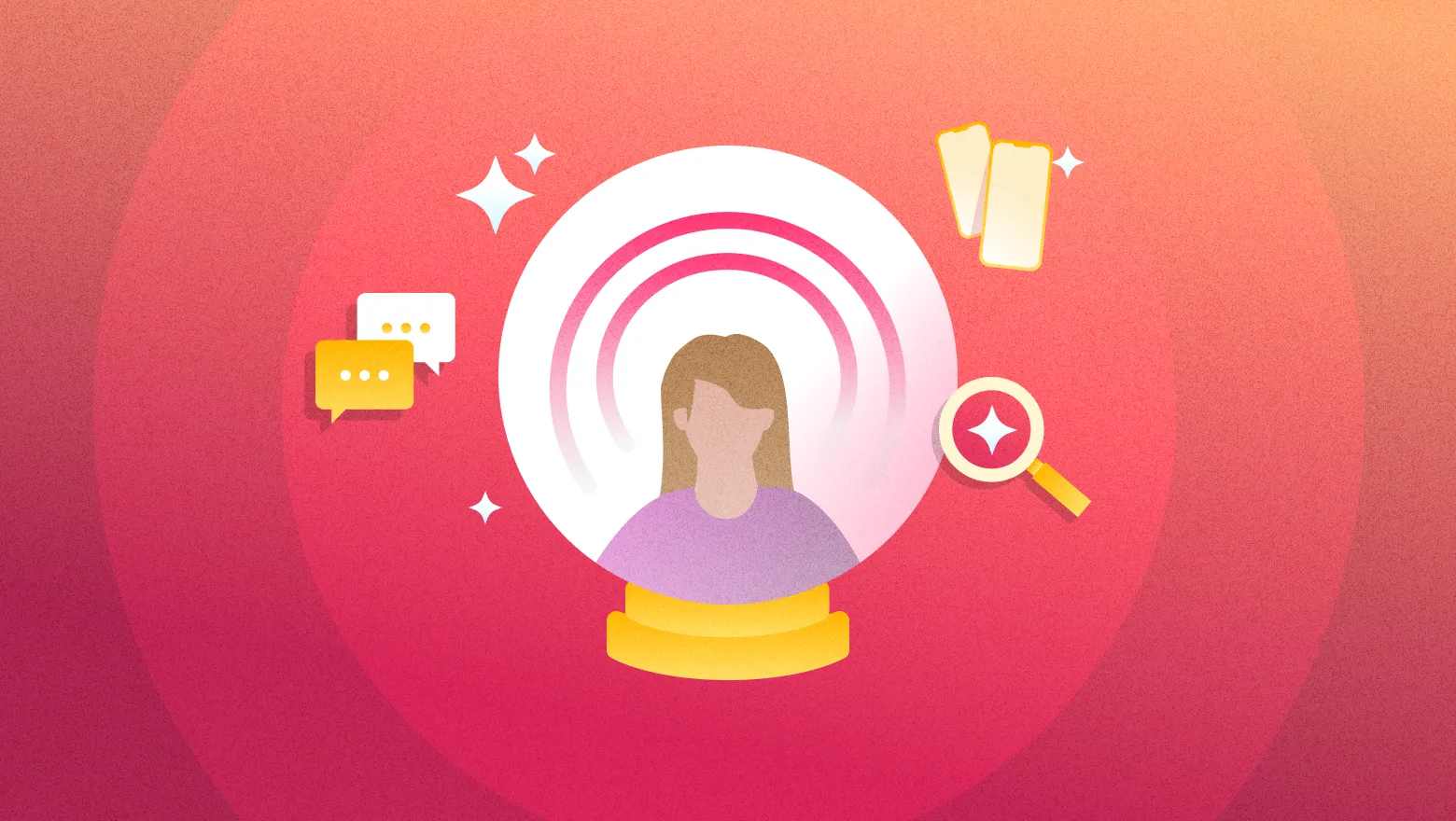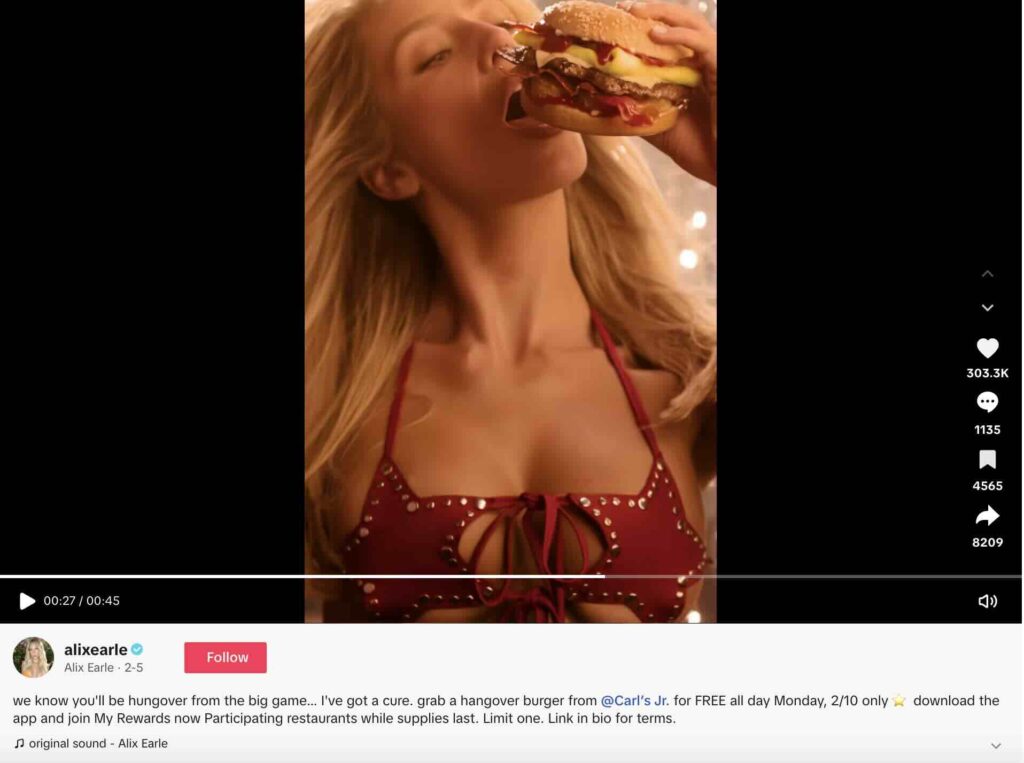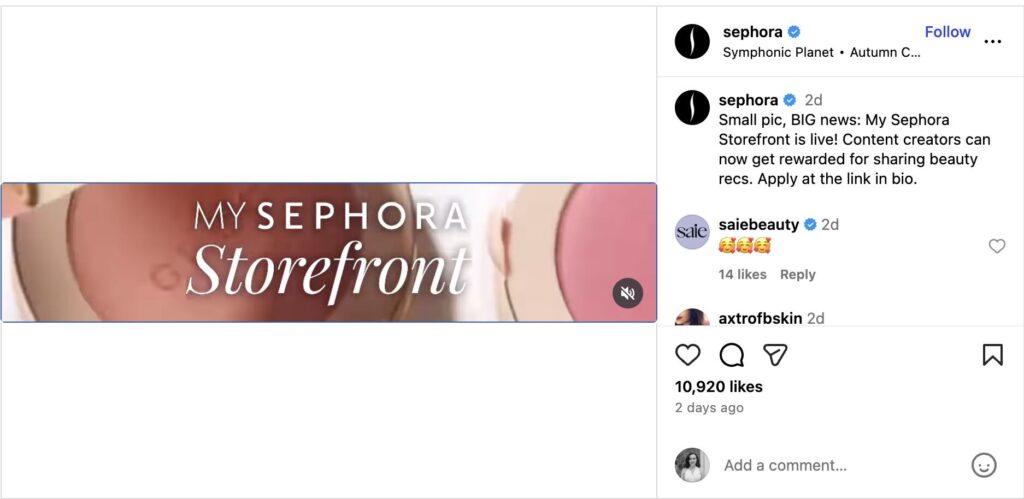The future of influencer marketing: 4 trends for 2026 and beyond

The beginning of the millennium marked the dawn of modern internet culture. For the first time, ordinary people could create loyal global communities and have mainstream influence. Bloggers began generating revenue streams from brand deals typically reserved for celebrities.
As these creators migrated to social media, influencer marketing became ubiquitous and prolific (and sometimes notorious). The influencer economy grew, creating more opportunities for creators and brands alike. But some wonder if influencer marketing’s potential has already reached its peak, and if investing so heavily in influencers and creators continues to make sense for brands.
Data from Sprout’s Q3 2025 Pulse Survey paints a clear picture. 64% of consumers say when a brand partners with their favorite influencers they’re more willing to buy.
While influencers will continue to be a cultural mainstay, how they build communities and forge brand partnerships will evolve. What can the past and present reveal about the future of influencer marketing? Drawing on takeaways from Taylor Lorenz’s session at our Under the Brandfluence digital event and our latest research, we explore what led to the influencer boom and which future trends will inform the landscape.
What is the future of influencer marketing? The past & present hold clues
According to Goldman Sachs, there are 50 million global creators contributing to the creator economy, which is worth roughly $250 billion (a figure that’s expected to double by 2027). As the industry soars, algorithms are only becoming more niche and creator content more influential. Growing brand investment in influencer partnerships is rewriting marketing playbooks—evolving the industry for creators and marketers.
How influencer marketing forever changed the media landscape
The same Goldman Sachs report found that only 4% of creators pursue a full-time online career. Much like today, the internet’s first influencers (who emerged during the blogging era) thought of the internet as a side hustle or outlet for creative expression.
As Lorenz explains, “Blogs allowed people to self-publish their own content. For example, women were writing super candidly about their daily lives. These were moms struggling with breastfeeding or postpartum depression who went on to have thousands and millions of subscribers or followers. They were talking about topics excluded from women’s media at the time, and redefining motherhood. Really, women, BIPOC and LGBTQIA+ people built this industry.”
Despite their obvious influence and community-building expertise, these early influencers were harassed constantly, discredited for not having “real” jobs and dismissed as narcissists who took too many selfies (“Selfie even became the word of the year in 2013,” Lorenz points out).

“So many early people on these platforms were outcasts. They didn’t have a lot of social capital. They didn’t have a voice in traditional media. They built these revenue models that so many people have come to profit off of,” says Lorenz.
Many of the negative stereotypes about influencers persisted and intensified through the 2010s. The pandemic era was a major turning point for influencer acceptance (though, creator harassment will never disappear). Everyone went online, causing many people to realize for the first time that influencers alchemize culture.
Brands depend on influencer marketing
As the lines between social and traditional marketing continue to blur, old stereotypes are falling away and influencers are gaining credibility. More than half of people between the ages of 18-60 now state they would quit their jobs if they could become a full-time influencer.
From a partnership perspective, 9 in 10 marketers say sponsored influencer content outperforms brand content in terms of engagement, per the Q1 2025 Sprout Pulse Survey. Another 83% say it converts better, and 65% are very confident that leaders see the business value of influencer partnerships.

The same survey found that almost two-thirds of marketers plan to partner with more influencers this year. That translates to around 80% of marketing leaders increasing their influencer marketing budget, and about 25% divesting from traditional marketing channels to fund it, per The 2025 Impact of Social Media Marketing Report.
As the pool of creators grows and brands fully realize the potential of influencer marketing, what it means to be an influencer will change. But, in many ways, Lorenz argues, influencers are still doing what they do best: building intensely loyal fandoms and creating online culture.
4 predictions for the future of influencer marketing
In the wake of platform shakeups, economic confusion and emerging technology, some question the long-term impact and resonance of influencers. How can influencers continue to build revenue streams on emerging networks? Will AI influencers replace them? How can brands find influencers that actually resonate with their audience?
As we look to the future of influencer marketing, certain answers are coming into focus.
AI will drive operations, not stand in as talent
While data from Sprout’s 2024 version of the State of Influencer Marketing Report points to 37% of all consumers being more interested in brands that work with AI influencers, Lorenz speculated this is a passing fad. She explains, “We already have faceless influencers. They’ve been around for a long time. What people want online is reliability—AI influencers don’t engender trust. Humans do.”
Further, Sprout’s subsequent Q3 2025 Pulse Survey found that almost half of consumers say they’re not comfortable with brands using AI influencers. Full stop.
When brands use AI influencers, it raises concerns about intellectual property misuse, content originality and real creators’ ability to participate in the creator economy.
Yet, AI does offer something that will be invaluable to influencers: It makes extremely high quality content easier to produce. Tools like Jasper and Writer make it easier to write and edit posts and captions, while Wondershare Filmora and Descript speed up video editing. “What AI does very effectively is lower the barrier to content creation so influencers can create better content with less effort. The tools are getting more accessible every year. More and more high quality content is going to continue to shift the landscape because of that,” says Lorenz.
Influencer discovery & sourcing will be rooted in topic relevancy, not demographics
Algorithms are only getting more niche. Think about your own For You Page. It’s built around topics you find interesting, not necessarily your location, gender, age or the size of the creators you typically interact with. That’s exactly why brands will lead with the topics creators talk about when they conduct influencer sourcing.
What does this look like? Historically it’s been highly manual, even with influencer marketing management software. Marketers had to rely on complex filtering, spend significant time vetting and comb through piles of data to ensure quality results. And even after logging hours of work, the influencer could still end up being a poor brand safety fit.
Thankfully, that’s changing. Emerging AI-powered natural language discovery helps brands search based on the content they want to create. This approach ensures influencer content actually matches up with your brand values and campaign messaging—driving much stronger results.
Influencer marketing won’t be limited to social media
Per The State of Influencer Marketing Report, 80% of consumers are more likely to buy from brands that partner with influencers and creators on projects beyond social media content—like in-person events, brand trips or multi-channel ad campaigns.
We’re already starting to see influencers slide into spokesperson roles previously held by actors, athletes and other pop culture icons.
Brands are also building bottom of funnel influencer partnerships through creator storefront programs, like Lowe’s Creator Network and the new My Sephora Storefront.
Expect to see more brands expand their influencer partnerships further than the confines of social. Doing so will require building long-term relationships with creators, and tapping into their expertise when it comes to understanding your shared audience.
Influencer marketing career paths will flourish
The Impact of Social Report found that three-quarters of marketing leaders anticipate growing their team in the next year, and influencer marketing managers are among the top five positions they’re likely to hire for. The increased investment in influencer marketing roles underscores just how legitimate the function has become—especially given the unsteady job market.
Zooming out, this hiring trend gives long-term insight into how marketing leaders are building their teams. Influencer relationship management has become a foundational marketing pillar and ROI driver. Influencer programs can’t be scaled if they’re on someone’s plate alongside organic content creation, reporting and other duties. It deserves at least one dedicated role (if not more), and marketers that hone their skills in this area will become even more valuable to companies moving forward.
The future belongs to brands that embrace influencers
Influencer marketing rewrote the rules of traditional media. For brands today, it’s a non-negotiable way to increase discoverability, grow your audience, and even show a direct connection between marketing efforts and revenue.
As platforms evolve and more influencers enter the arena, brands that lean into authentic partnerships will continue to see meaningful returns. The future won’t be defined by AI replacing creators, but by tools that empower them and strategies that prioritize relevancy over vanity metrics. Ultimately, the brands that thrive will be those that embrace influencers not as a trend, but as long-term partners shaping the next era of marketing.
Download The State of Influencer Marketing Report for a deeper dive into how to build an influencer marketing strategy that breaks through the noise, engages audiences at scale and stands out from competitors.






Share